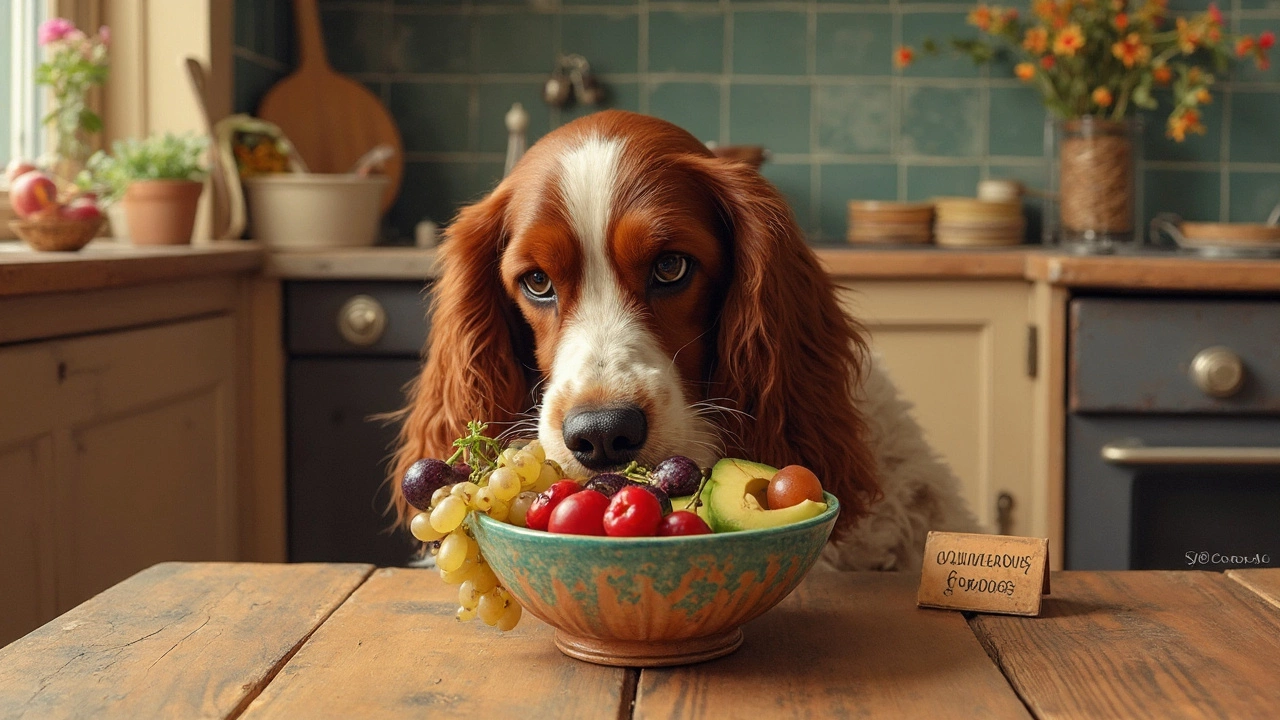Dog Safety: Simple Tips to Protect Your Dog Everywhere
Whether you’re lounging on the sofa, heading to the park, or hopping on a plane, keeping your dog safe should be a top priority. It’s not about fancy gear or expensive vet visits – it’s about everyday habits that stop accidents before they happen. Below you’ll find straightforward ideas you can start using right now.
Home and Yard Safety
First, look at the places your dog spends most of its time. Loose cords, small toys, and toxic plants are common hazards. Keep electrical cords tucked away or covered, and toss out anything your pup can swallow – even a loose button can cause a blockage. When it comes to plants, check your garden for lilies, oleander, or anything labeled toxic for dogs and replace them with safe options like rosemary or lavender.
Give your dog a comfortable spot to rest, but make sure it’s not too close to heat sources or drafty windows. A crate or a sturdy dog bed works well, and you’ll avoid the ‘sleeping on the couch with the alpha’ debate – your pup will still feel part of the family without risking a fall.
Secure fences and gates. A quick test: walk the perimeter with the dog on a leash and see if there are any gaps a curious pup could slip through. If you have a pool, install a fence or a pool alarm – most dogs love water, but a sudden plunge can be dangerous.
Travel and Outdoor Safety
Planning a road trip or a flight? Start with a well‑fitted harness or a TSA‑approved carrier. A no‑pull harness not only makes walks easier, it keeps your dog from slipping out of a loose collar when you’re in a busy airport or a crowded train station. If you’re flying, choose a carrier that meets airline requirements and let your dog get used to it a few weeks before the flight. A short stay‑cation in the carrier with treats can turn a stressful experience into a calm one.
When you hit the road, never let your dog ride with its head out of the window. The wind feels great, but debris can injure eyes or ears. Use a pet seat belt or a travel crate secured to the seat. Pack water, snacks, and a portable bowl – dehydration can sneak up on you during a long hike.
Outdoor adventures need a quick check of the terrain. Stick to trails where you can see snakes, ticks, or thorns. If you’re near water, keep a life jacket handy for breeds that aren’t natural swimmers. And always have a basic first‑aid kit: bandages, antiseptic wipes, and a copy of your vet’s contact details.
Finally, keep an eye on your dog’s behavior. Sudden whining, excessive licking, or shaking can signal stress, pain, or anxiety. A calming collar may help some dogs, but it’s not a magic fix – if the signs persist, a vet visit is the safest bet.
With a few mindful steps, you can make home, travel, and playtime much safer for your four‑legged friend. Small changes add up, and your dog will thank you with wagging tails and fewer vet trips.
What Fruit Can't Dogs Eat? Essential Dog Food Facts
Some fruits can be harmful to dogs if ingested. This article highlights fruits that are dangerous for dogs, explaining why certain fruits should be avoided. By understanding these fruits and the effects they have, pet owners can keep their dogs safe and healthy. Providing helpful tips and facts, this guide aims to inform and protect our furry friends from potential harm.
